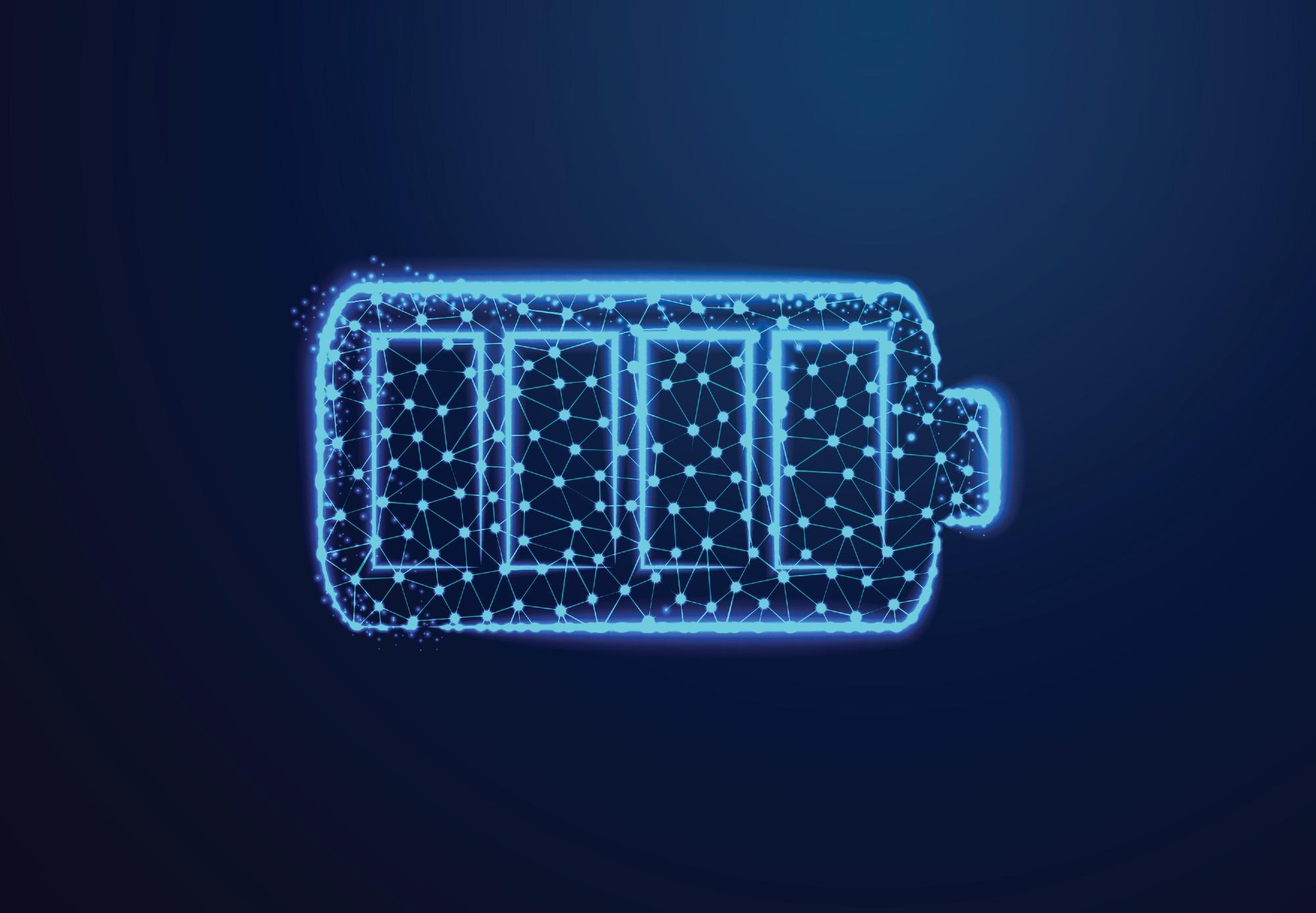It is highly anticipated that next-generation solid-state batteries with lithium-metal anodes will usher in a new wave of energy storage systems that are both safer than conventional lithium-ion (li-ion) battery cells and deliver higher energy densities. However, existing solid ion conductors are limited in their capacity to stand up to the rigors of battery operations.

Image Credit: Shutterstock.com/ WNGSTD
A team of researchers from Brown University and the University of Maryland has now created a new, innovative material stemming from an unusual source: trees. The team is one of many research teams currently working towards the development of solid-state batteries and the materials to be used in them.
Led by distinguished Professor Liangbing Hu at the Maryland Energy Innovation Institute and Professor Yue Qi at brown’s School of Engineering, the team illustrates the use of the novel material as a solid electrolyte, which is a combination of cellulose nanofibrils (polymer tubes derivative from wood) and copper.
By incorporating copper with one-dimensional cellulose nanofibrils, we demonstrated that the normally ion-insulating cellulose offers a speedier lithium-ion transport within the polymer chains.
Professor Liangbing Hu at the Maryland Energy Innovation Institute
“In fact, we found this ion conductor achieved a record high ionic conductivity among all solid polymer electrolytes,” Hu continued.
Solid-State vs Li-ion
Today, in most of our devices, Li-ion cells are used in a range of applications, from electric vehicles (EVS) to the batteries in cellphones. Li-ion cells contain an electrolyte that is comprised of lithium salts dissolved in an organic liquid solvent. This liquid electrolyte carries positively charged lithium ions away from the anode and to the cathode, as well as the other way round.
While Li-ion batteries tend to work well, they do also present a number of limitations and risk factors. Li-ion batteries can be sensitive to high temperatures, and lithium dendrites can form at high currents. These spiky structures can compromise the internal structure of the battery, making them prone to short circuits or, in some cases, they can even cause a fire.
Furthermore, the liquid electrolytes in li-ion batteries are typically made-up of combustible and poisonous chemicals, making them a potential hazard in certain applications. For instance, in EVs, li-ion batteries involved in a collision or heavy impact could become damaged and present additional danger to EV drivers and passengers.
However, solid-state batteries that contain solid electrolytes would avoid the build-up of dendrites and could be made from non-toxic, flame retardant materials. While ceramics have formed the base of solid-state batteries, due to their excellent conductivity, this material can be brittle and rigid, making the batteries prone to cracking and breaking.
A Next-Generation Material
The wood-derivative, developed by the Brown-Maryland team, is relatively thin and ductile with ion conductivity that matches that of ceramics. The team ran a series of simulations to better understand the properties and capabilities of the new material.
They found that the combination of the copper and cellulose nanofibrils increased spaces between the polymer chains of the wood derivative. These spaces are what facilitate the excellent ion conductivity as it allows the lithium ions to move through the material with relative ease.
The lithium ions move in this organic solid electrolyte via mechanisms that we typically found in inorganic ceramics, enabling the record high ion conductivity.
Professor Yue Qi, Brown’s School of Engineering
The material is also adaptable and can be used as a cathode binder for a solid-state battery, as demonstrated in the study.
In their conclusions, Hu, Qi and their team state that the strategy and development of the new novel material for use in solid-state batteries could have an even broader impact. The material could potentially be used in solid-state-sensors and information storage.
Furthermore, the material could also deliver a positive environmental impact.
Using materials nature provides will reduce the overall impact of battery manufacture to our environment.
Professor Yue Qi, Brown’s School of Engineering
The new material could advance the current research and development in solid-state technology and help bring the emerging battery technology to market, making it a real contender as a next-generation material.
References and Further Reading
Yang, C. and Wu, Q., et. al., (2021) Copper-coordinated cellulose ion conductors for solid-state batteries. Nature, [online] 598(7882), pp.590-596. Available at: https://doi.org/10.1038/s41586-021-03885-6
Disclaimer: The views expressed here are those of the author expressed in their private capacity and do not necessarily represent the views of AZoM.com Limited T/A AZoNetwork the owner and operator of this website. This disclaimer forms part of the Terms and conditions of use of this website.